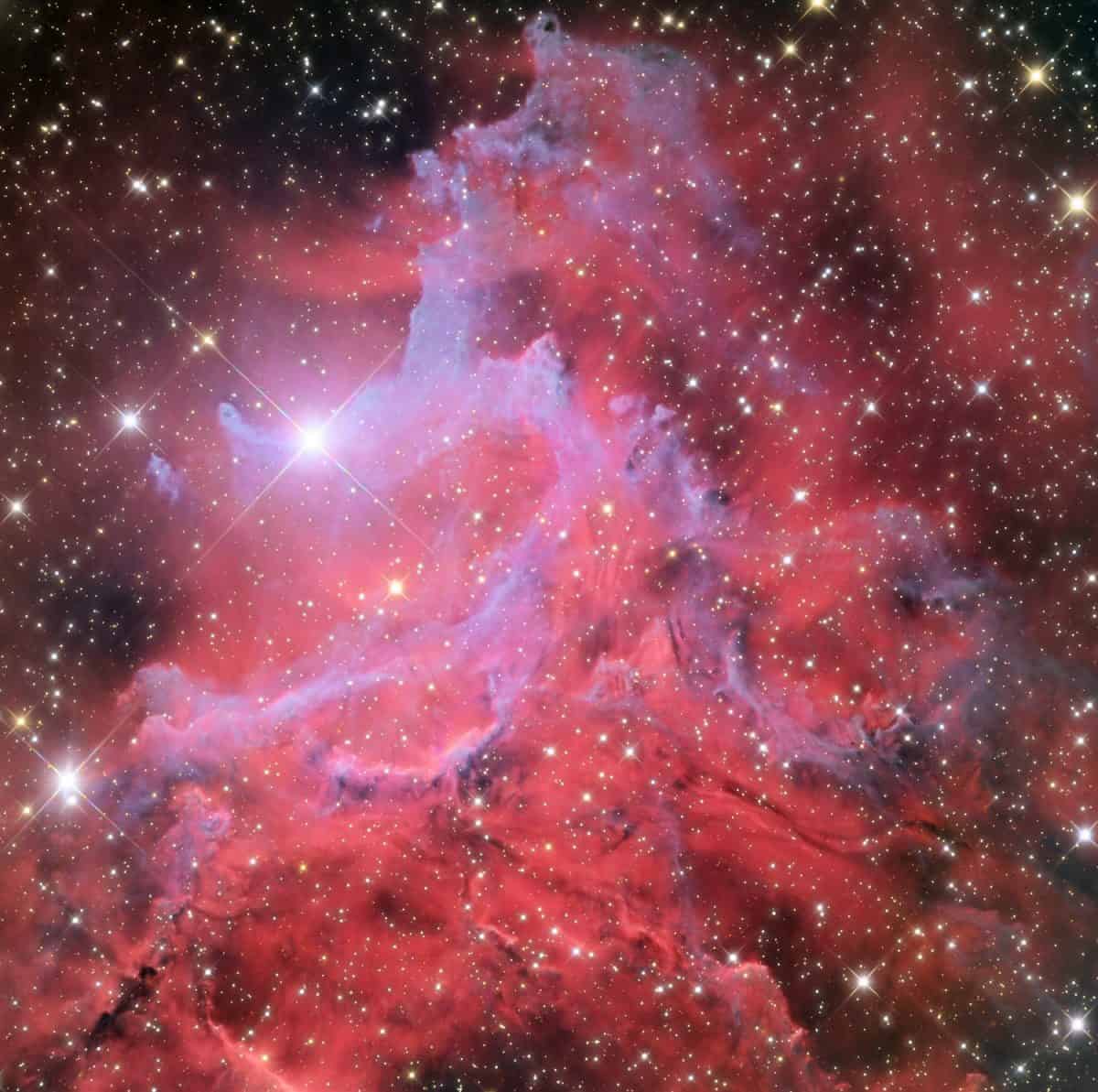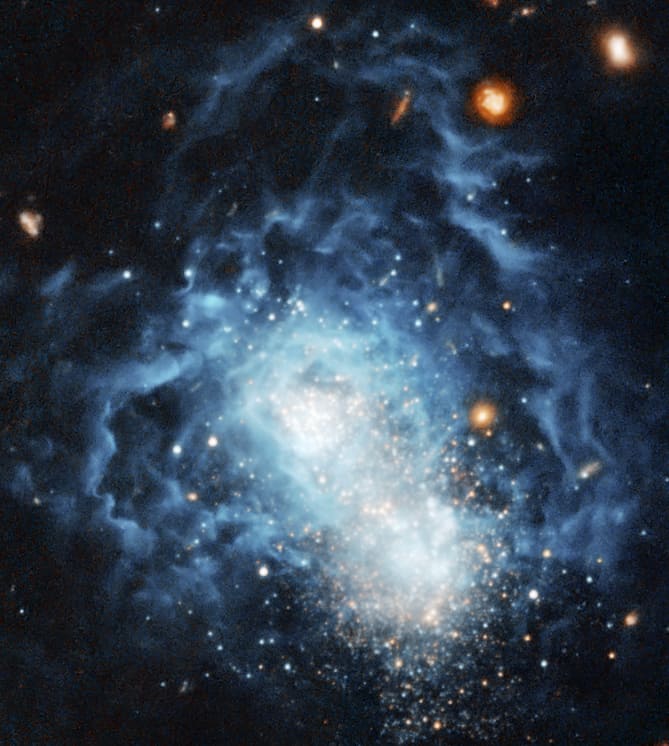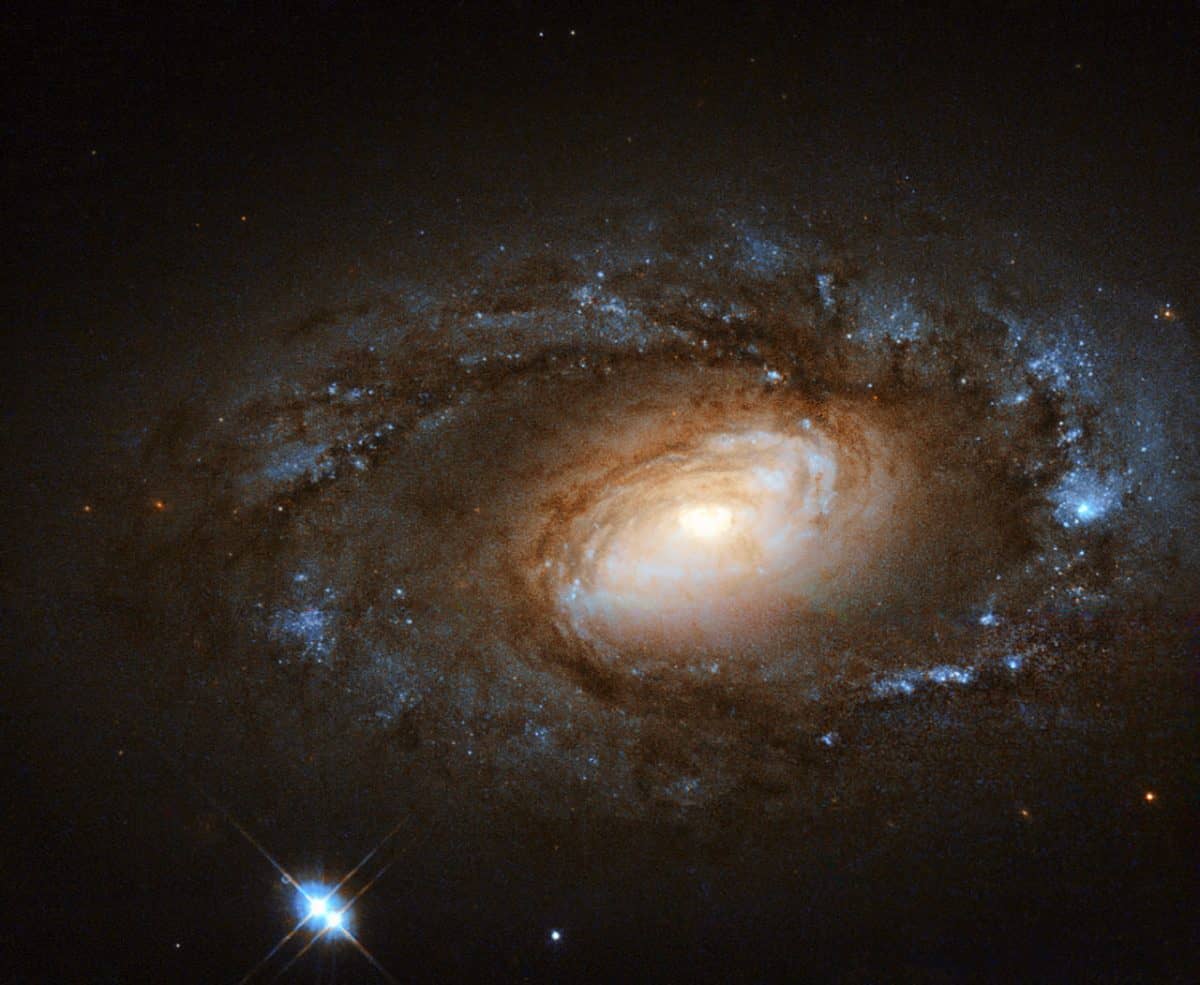Blog
World Music on Flamenco Fridays with The Gypsy Kings prior to fame. Performing Fandango.
Fandango is a lively couples dance from Spain, usually in triple metre, traditionally accompanied by guitars, castanets, or hand-clapping (“palmas” in Spanish). Fandango can both be sung and danced. Sung fandango is usually bipartite: it has an instrumental introduction followed by “variaciones”. Sung fandango usually follows the structure of “cante” that consist of four or five octosyllabic verses (coplas) or musical phrases (tercios). Occasionally, the first copla is repeated.
Eighteenth century Castilianfandango dancers (by Pierre Chasselat) (1753–1814)
Fandango rhythm.
The meter of fandango is similar to that of the bolero and seguidilla. It was originally notated in 6/8 time, but later in 3/8 or 3/4.
The earliest fandango melody is found in the anonymous “Libro de diferentes cifras de guitarra” from 1705, and the earliest description of the dance itself is found in a 1712 letter by Martín Martí, a Spanish priest. The fandango’s first sighting in a theatrical work was in Francisco de Leefadeal‘s entremés “El novio de la aldeana” staged in Seville, ca. 1720. By the late 18th century it had become fashionable among the aristocracy and was often included in tonadillas, zarzuelas, ballets and operas, not only in Spain, but also elsewhere in Europe.
more...A runaway star lights the Flaming Star Nebula in this cosmic scene. Otherwise known as IC 405, the Flaming Star Nebula’s billowing interstellar clouds of gas and dust lie about 1,500 light-years away toward the constellation of Auriga. AE Aurigae, the bright star at upper left in the frame, is a massive and intensely hot O-type star moving rapidly through space, likely ejected from a collision of multiple star-systems in the vicinity of the Orion Nebula millions of years ago. Now close to IC 405, the high-speed star’s ionizing ultraviolet radiation powers the visible reddish glow as the nebula’s hydrogen atoms are stripped of their electrons and recombine. Its intense blue starlight is reflected by the nebula’s dusty filaments. Like all massive stars AE Aurigae will be short-lived though, furiously burning through its supply of fuel for nuclear fusion and exploding as a supernova. The colorful telescopic snapshot spans about 5 light-years at the estimated distance of the Flaming Star Nebula.
more...Douglas R. Ewart (born 1946 in Kingston, Jamaica) is a multi-instrumentalist and instrument builder. He plays sopranino and alto saxophones, clarinets, bassoon, flute, bamboo flutes (shakuhachi, ney, and panpipes), and didgeridoo; as well as Rastafarian hand drums (nyabingi, repeater, and bass).
Ewart emigrated to the United States in June 1963 (coming to Chicago) and became associated with the Association for the Advancement of Creative Musicians (AACM) in 1967, studying with Joseph Jarman and Roscoe Mitchell. He served as that organization’s president from 1979 to 1986.
He has performed or recorded with J. D. Parran, Muhal Richard Abrams, Art Ensemble of Chicago, Anthony Braxton, Alvin Curran, Anthony Davis, Robert Dick, Von Freeman, Joseph Jarman, Amina Claudine Myers, Roscoe Mitchell, James Newton, Rufus Reid, Wadada Leo Smith, Cecil Taylor, Richard Teitelbaum, Henry Threadgill, Hamid Drake, Don Byron, Malachi Favors Maghostut, and George Lewis.
He has lived in Minneapolis, Minnesota since 1990.
https://www.youtube.com/watch?v=gOiHdj9QMjg
more...Tony Russell “Charles” Brown (September 13, 1922 – January 21, 1999) was an American blues singer and pianist whose soft-toned, slow-paced blues-club style influenced blues performance in the 1940s and 1950s. He had several hit recordings, including “Driftin’ Blues” and “Merry Christmas Baby“.
Brown was born in Texas City, Texas. As a child he loved music and received classical music training on the piano. He graduated from Central High School in Galveston, Texas, in 1939 and Prairie View A&M College in 1942 with a degree in chemistry. He then became a chemistry teacher at George Washington Carver High School in Baytown, Texas, a mustard gas worker at the Pine Bluff Arsenal at Pine Bluff, Arkansas, and an apprentice electrician at a shipyard in Richmond, California, before settling in Los Angeles in 1943.
more...Leon Brown “Chu” Berry (September 13, 1908 – October 30, 1941) was an American jazz tenor saxophonist during the 1930s.
According to music critic Gary Giddins, musicians called him “Chu” because he chewed on the mouthpiece of his saxophone or because he had a Fu Manchu mustache.
Berry was born in Wheeling, West Virginia. He graduated from Lincoln High School, in Wheeling, then attended West Virginia State College for three years. His sister Ann played piano. Berry became interested in music at an early age, playing alto saxophone, at first with local bands. He was inspired to take up the tenor saxophone after hearing Coleman Hawkins on tour.
Most of Berry’s career was spent with swing bands: Sammy Stewart, 1929–1930, with whom he switched to tenor sax, Benny Carter, 1932–1933, Teddy Hill, 1933–1935, Fletcher Henderson, 1935–1937, Cab Calloway, his best-known affiliation, from 1937 to 1941.[3]
Throughout his brief career, Berry was in demand as a sideman for recording sessions under the names of various other jazz artists, including Spike Hughes (1933), Bessie Smith (1933), the Chocolate Dandies (1933), Mildred Bailey (1935–1938), Teddy Wilson (1935–1938), Billie Holiday (1938–1939), Wingy Manone (1938–1939) and Lionel Hampton (1939).
https://www.youtube.com/watch?v=RiN7lExwQu8
more...Niger, Africa
more...“Second Change”
zAmya Theaters production with the Homeless Community.
Performing schedule for upcoming week.
Music provided my mick laBriola and Momoh Freeman.
Tuesday Sept 11 noon Minneapolis Downtown Library
Wednesday Sept 12 noon Minneapolis Downtown Library
Thursday Sept 13 noon Minneapolis Downtown Library
Friday Sept 14 5pm Minneapolis Downtown Library
Saturday Sept 15 1pm Elliott Park
Wednesday Sept 19 730pm East Phillips Park
I Zwicky 18 is a dwarf irregular galaxy located about 59 million light years away in the constellation Ursa Major. The galaxy was first identified by Swiss astronomer Fritz Zwicky in a 1930s photographic survey of galaxies.
Studies at the Palomar Observatory some 40 years ago led astronomers to believe that the galaxy erupted with star formation billions of years after its galactic neighbors. Galaxies resembling I Zwicky 18’s youthful appearance are typically found only in the early universe. Early observations with the Hubble Space Telescope suggested an age of 500 million years old for I Zwicky 18.[4] The Hubble Space Telescope, however, later found faint, older stars contained within the galaxy, suggesting its star formation started at least one billion years ago and possibly as much as ten billion years ago. The galaxy, therefore, may have formed at the same time as most other galaxies.
Spectroscopic observations with ground-based telescopes have shown that I Zwicky 18 is almost exclusively composed of hydrogen and helium, the main ingredients created in the Big Bang. The galaxy’s primordial makeup suggests that its rate of star formation has been much lower than that of other galaxies of similar age. The galaxy has been studied with most of NASA’s telescopes, including the Spitzer Space Telescope, the Chandra X-ray Observatory, and the Far Ultraviolet Spectroscopic Explorer (FUSE). However, it remains a mystery why I Zwicky 18 formed so few stars in the past, and why it is forming so many new stars right now.
more...Maria Muldaur (born September 12, 1943) is an American folk and blues singer who was part of the American folk music revival in the early 1960s. She recorded the 1973 hit song “Midnight at the Oasis” and continues to record albums in the folk traditions.
She was the wife of musician Geoff Muldaur and is the mother of singer-songwriter Jenni Muldaur.
Muldaur was born Maria Grazia Rosa Domenica D’Amato in Greenwich Village, New York City, where she attended Hunter College High School.[2]
Muldaur began her career in the early 1960s as Maria D’Amato, performing with John Sebastian, David Grisman, and Stefan Grossman as a member of the Even Dozen Jug Band. She then joined Jim Kweskin & the Jug Band as a featured vocalist and occasional violinist. During this time, she was part of the Greenwich Village scene that included Bob Dylan, and some of her recollections of the period, particularly with respect to Dylan, appear in Martin Scorsese‘s 2005 documentary film No Direction Home.
more...“Papa” John DeFrancesco (born September 12, 1940) is an American jazz organist and vocalist, and father of Joey DeFrancesco and Johnny DeFrancesco.
Philadelphia, PA
more...William Alonzo “Cat” Anderson (September 12, 1916 – April 29, 1981) was an American jazz trumpeter known for his long period as a member of Duke Ellington‘s orchestra and for his wide range (more than five octaves), especially his playing in the higher registers.
Born in Greenville, South Carolina, Anderson lost both parents when he was four years old, and was sent to live at the Jenkins Orphanage in Charleston, where he learned to play trumpet. Classmates gave him the nickname “Cat” (which he used all his life) based on his fighting style. He toured and made his first recording with the Carolina Cotton Pickers, a small group based at the orphanage. After leaving the Cotton Pickers, Anderson played with guitarist Hartley Toots, Claude Hopkins‘ big band, Doc Wheeler’s Sunset Orchestra (1938–1942), with whom he also recorded, Lucky Millinder, the Erskine Hawkins Orchestra, Sabby Lewis‘s Orchestra, and Lionel Hampton, with whom he recorded the classic “Flying Home No. 2”.
more...Puerto Rico
more...68.8 MLY away
NGC 4102 is an intermediate spiral galaxy located in the northern constellation of Ursa Major. The galaxy contains a LINER region and a starburst region. The starburst region is 1,000 ly (310 pc) in diameter containing some 3 billion solar masses
more...Victor Lemonte Wooten (born September 11, 1964) is an American bass guitarist, record producer, educator, and recipient of five Grammy Awards.He has been the bassist for Béla Fleck and the Flecktones since the group’s formation in 1988 and a member of the band SMV with two other bassists, Stanley Clarke and Marcus Miller.
He owns Vix Records which releases his albums. He wrote the novel The Music Lesson: A Spiritual Search for Growth Through Music.
Wooten has won the Bass Player of the Year award from Bass Player magazine three times and is the first person to win the award more than once. In 2011, he was ranked No. 10 in the Top 10 Bassists of All Time by Rolling Stone magazine.
Born to Dorothy and Elijah Wooten, Victor is the youngest of the five Wooten Brothers; Regi, Roy, Rudy and Joseph Wooten, all of whom are musicians. Regi began to teach Victor to play bass when he was two, and by the age of six, he was performing with his brothers in their family band, The Wooten Brothers Band.
more...Roosevelt “Baby Face” Willette (September 11, 1933 – April 1, 1971) was a hard bop and soul-jazz musician most known for playing Hammond organ. It is unclear whether he was born in Little Rock, Arkansas, or New Orleans, Louisiana
His mother was a missionary who played the piano in the church where his father was a minister. His musical roots are therefore in gospel and Baby Face started out playing the piano for various gospel groups, and spent his early career travelling across the United States, Canada and Cuba. In Chicago he decided to switch from gospel and rhythm and blues to playing in jazz bands. He played piano with the bands of King Kolax, Joe Houston, Johnny Otis and Big Jay McNeely before switching to organ. In 1960 he arrived in New York City where he met Lou Donaldson and Grant Green, and played on a few Blue Note sessions with them. This led to Willette being signed to Blue Note Records, which recorded his debut album Face to Face . Willette formed his own trio in 1963 and recorded two more albums for Argo. He has a son named Kevin D. Bailey. Willette taught himself to play the piano and was inspired by Jimmy Smith‘s work, however his playing style is heavily influenced by gospel and soul jazz. Willette was also a professional hairdresser. Before his time in New York City, he was based out of Milwaukee, playing with his vocalist wife Jo Gibson at clubs such as The Flame Club, The Pelican Club, The Moonglow and Max’s among others. After stints in New York City, and then California, failing health forced a return to Chicago, where his family resided. He died in 1971.
https://www.youtube.com/watch?v=3DN1lLhtdck
more...
Oliver Theophilus Jones, OC CQ (born September 11, 1934 in Little Burgundy, Montreal, Quebec) is a Canadian jazz pianist, organist, composer and arranger.
Born to Barbadian parents, Oliver Jones began his career as a pianist at the age of five, studying with Mme Bonner in Little Burgundy’s Union United Church, made famous by Trevor W. Payne‘s Montreal Jubilation Gospel Choir. He continued to develop his talent through his studies with Oscar Peterson‘s sister Daisy Peterson Sweeneystarting at eight years old. In addition to performing at Union United Church when he was a child, he also performed a solo novelty act at the Cafe St. Michel as well as other clubs and theaters in the Montreal area. “I had a trick piano act, dancing, doing the splits, playing from underneath the piano, or with a sheet over the keys.
https://www.youtube.com/watch?v=YIiKe_L56R4
more...More Posts
- The Cosmos with 30 Doradus
- Cat Stevens
- Plas Johnson
- Sonny Clark
- Billy Taylor
- World Music with Darawish
- Daily Roots with Joe Gibbs & The Professionals
- The Cosmos with NGC 2359
- Santana
- Charles Tyler
- Ernie Wilkins
- World Music with Evritiki Zygia
- Daily Roots with Augustus Pablo
- The Cosmos with Sh2-132
- Keith Godchaux
- Commander Cody
- Phil Upchurch
- Carmell Jones
- Bobby Bradford
- World Music with Kasai Masai



